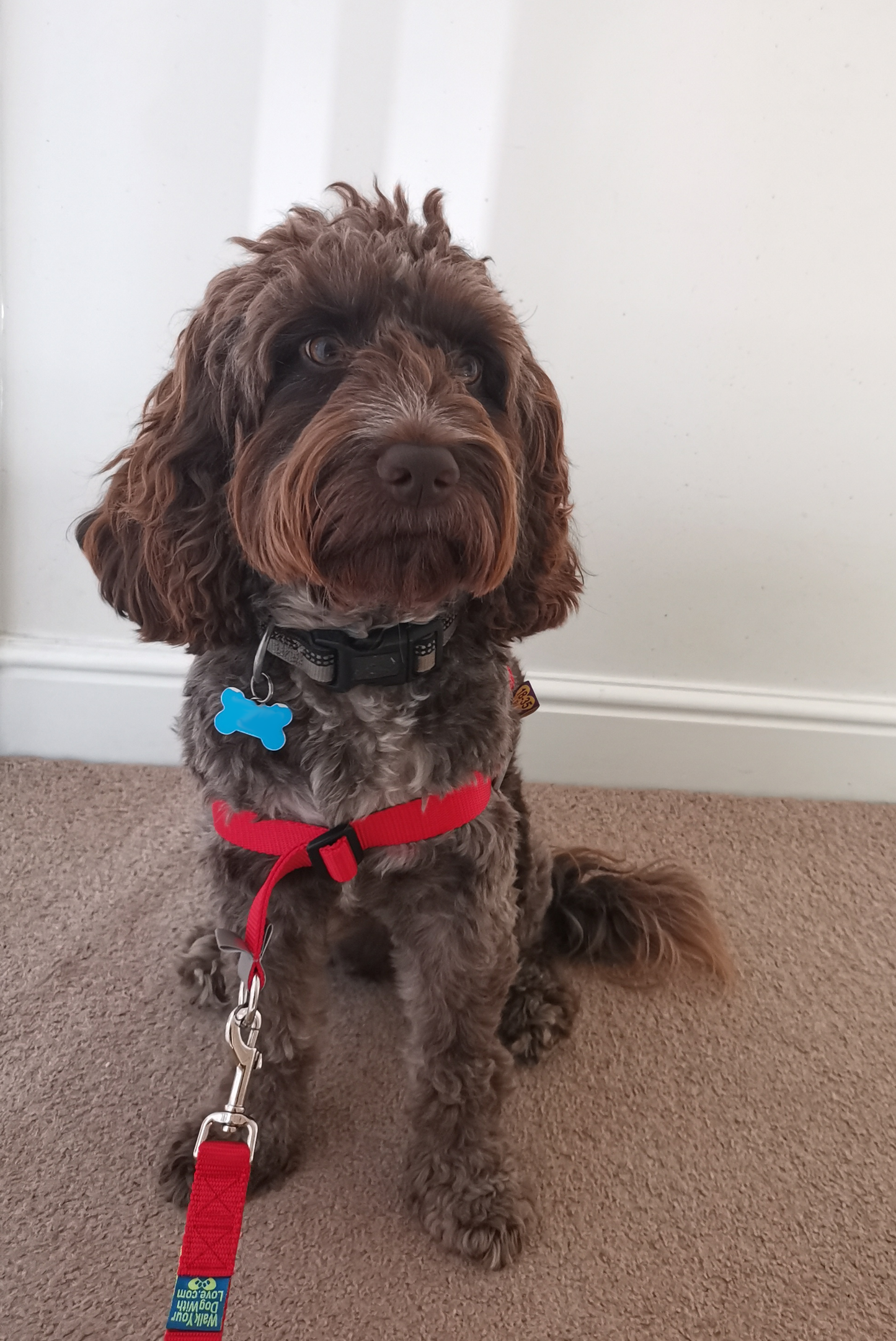Teaching your puppy or dog to sit is a powerful and useful tool to have in your arsenal. If your dog is sitting, he or she is NOT:
- Making a hole in your garden
- Attempting to eat your dinner
- Jumping at new visitors
- Pursuit of a squirrel or another dog
- Following a runner or cyclist
If you can teach your dog to sit and practise it in a variety of settings for a few days/weeks/months, you will have another tool to help them focus while out and about. However, sit is a "boring" game for a dog and should be combined with other fun focus games, such as the "Magic Hand Game," to keep them interested.
It's a good idea to teach the basics of any new trick or cue to your dog in the same location in the house (or garden). It may appear strange to you, but sitting inside the house is not the same as sitting outside the house.
Begin by holding a high-value treat to your dog's nose (DO NOT LET THEM EAT IT!) and raising it slightly above their head and behind them so that their bottom has to naturally touch the ground to follow it. It may take some time to master the movement, so wait until they have placed their bottom on the floor before rewarding them. Simply mark the behaviour with "yes" or "good girl/boy" and reward with a treat for the first few successes. Some puppies may struggle with coordination and attempt to turn; simply be persistent and consistent, and they will eventually get it.
Once your dog can be successfully lured into a sit position, repeat with the treat and every time their bottom is about to touch the floor, say "Sit," followed by a "yes" and the treat to reinforce the good behaviour. After a day or so, see if they will sit when you simply ask them to sit; if they do, it's time to experiment in a different room. You can also try it sitting down instead of standing, on one leg, and/or with your back to them. Because it is a slightly different situation for them, small changes in your behaviour can affect how your dog responds.
If you want to add a visual cue, the universal "Sit" cue is to raise your forefinger/index finger. Raise your index finger at the same time you say sit, and your dog will learn to look for cues from you rather than just listen. Not only is this useful if you're in a noisy environment, but it also trains your dog to look at you for visual cues.
We recommend marking the behaviour with a clicker for training because clicking is much faster and easier than saying a phrase. This is entirely up to you and your personal preferences.










